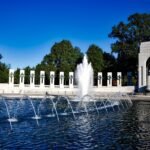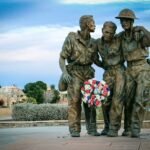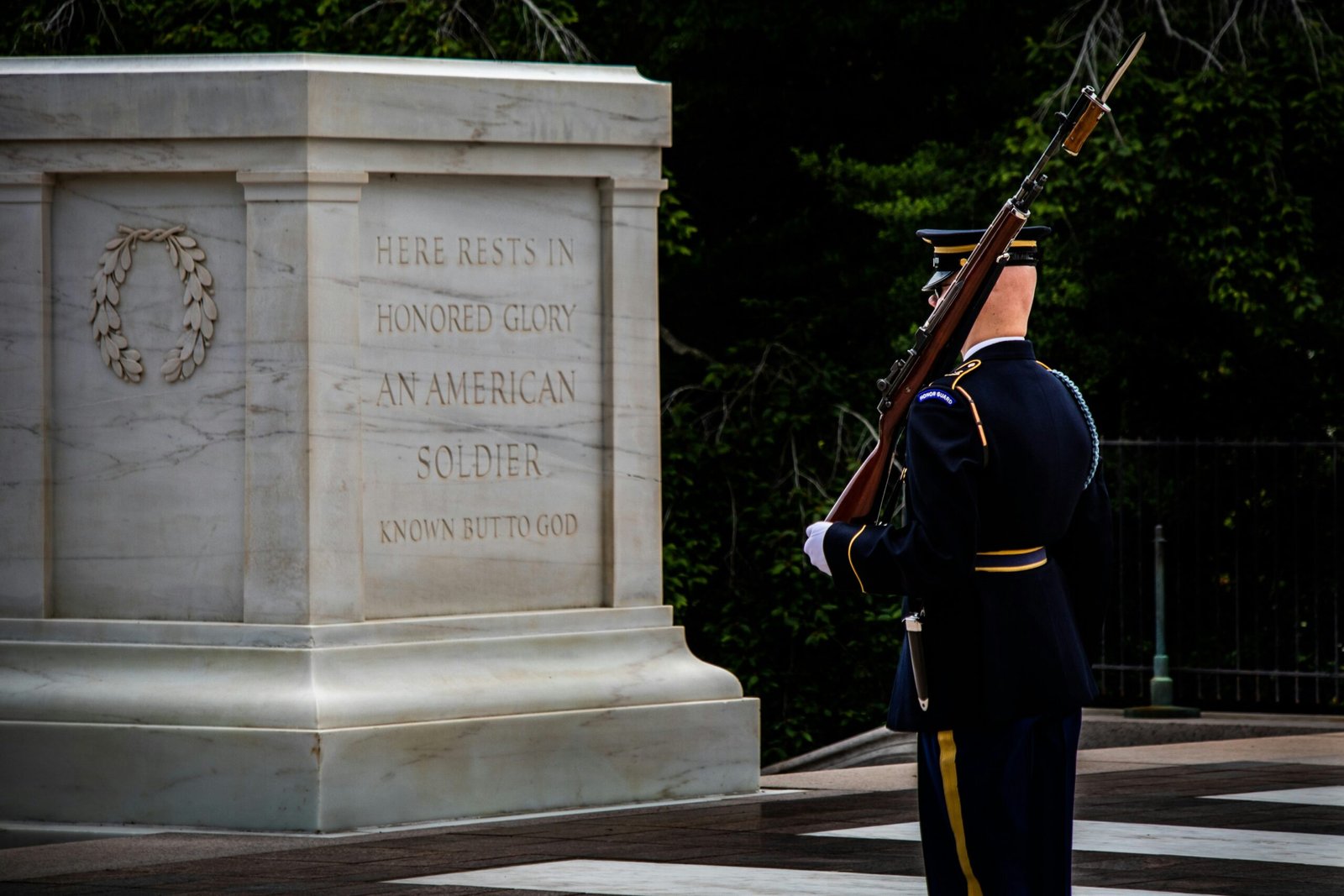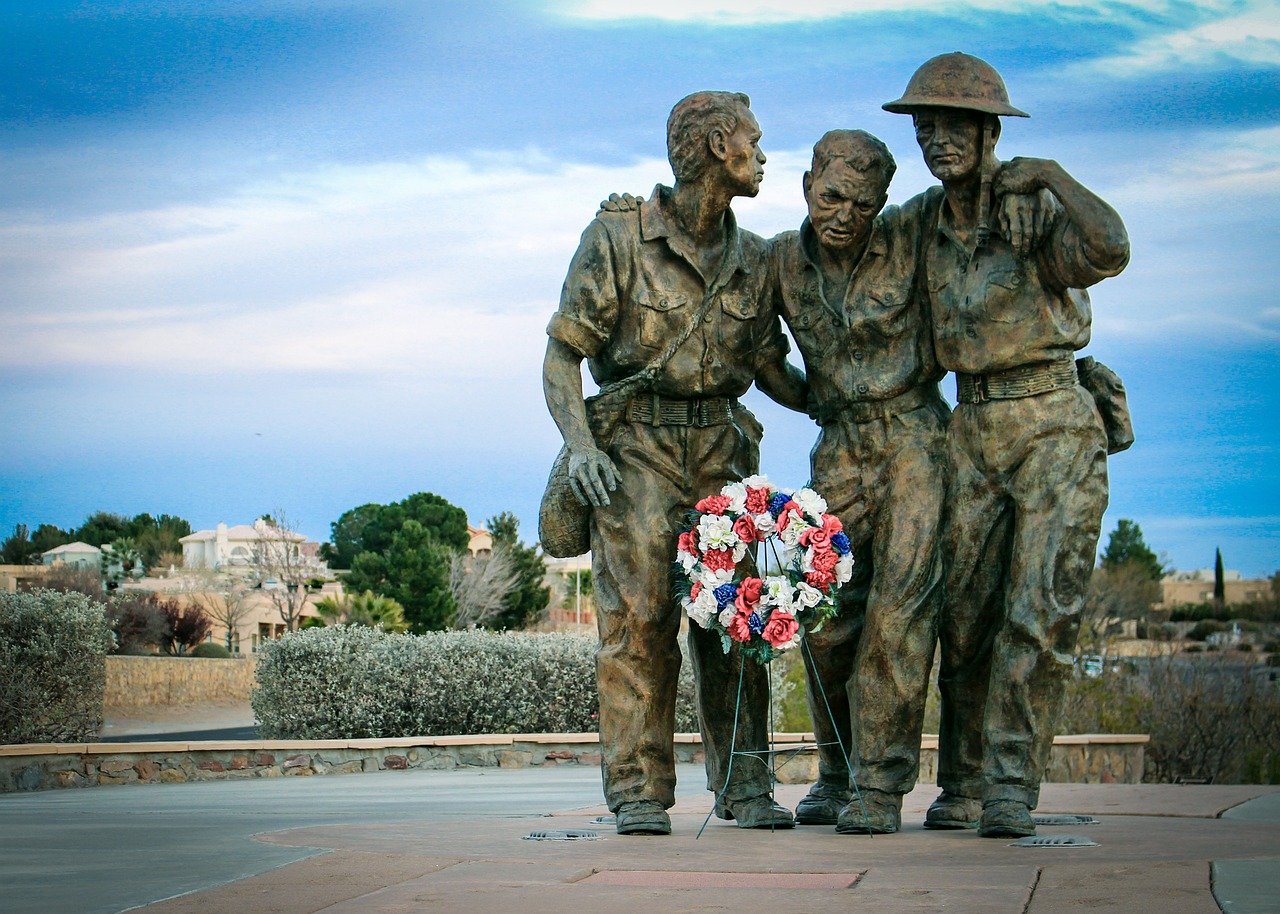The Origins and Establishment of Arlington National Cemetery
Arlington National Cemetery, in Arlington, Virginia, holds a deep historical significance. Established as a burial ground in 1864, its roots stretch back much further.
Before becoming a cemetery, this land belonged to George Washington Parke Custis, Martha Washington’s grandson. In 1857, Robert E. Lee, Custis’s son-in-law, inherited the property. The Arlington estate, with its scenic views of the Potomac River and proximity to Washington, D.C., stood as a strategic and picturesque landmark.
The Civil War changed everything. As the conflict intensified, the Union Army needed burial grounds for fallen soldiers. After seizing the estate from Robert E. Lee due to his Confederate ties, the Union established Arlington as a military cemetery. The first soldier’s burial took place on May 13, 1864, marking its official beginning.
Key figures like Secretary of War Edwin M. Stanton recognized Arlington’s potential as a national cemetery. Over time, it expanded to honor servicemen and women from later wars. Today, Arlington National Cemetery symbolizes respect and gratitude for all who served the nation.
With over 400,000 graves, Arlington continues to grow and evolve. It serves as a place of remembrance, reflecting the sacrifices of U.S. military personnel throughout history. Walking through its grounds, visitors witness a living testament to bravery and dedication.
The cemetery’s rich past intertwines with the legacy of America’s heroes. From its transformation during the Civil War to its role today, Arlington National Cemetery remains a powerful symbol of honor and sacrifice.
Notable Burials and Memorials at Arlington National Cemetery
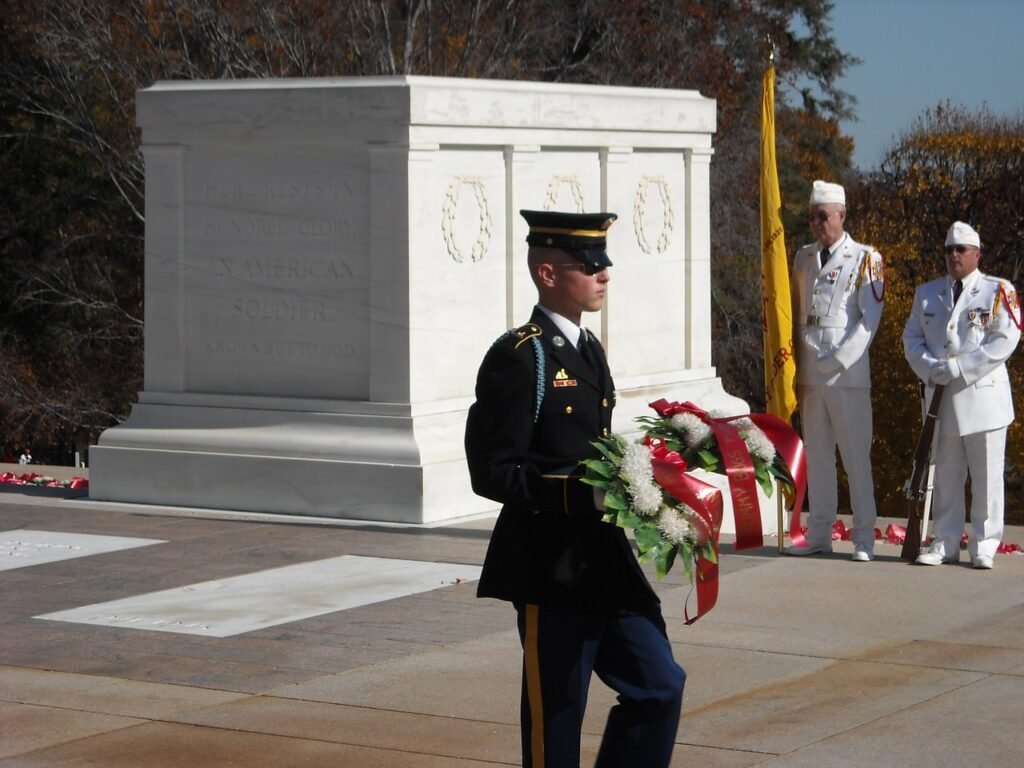
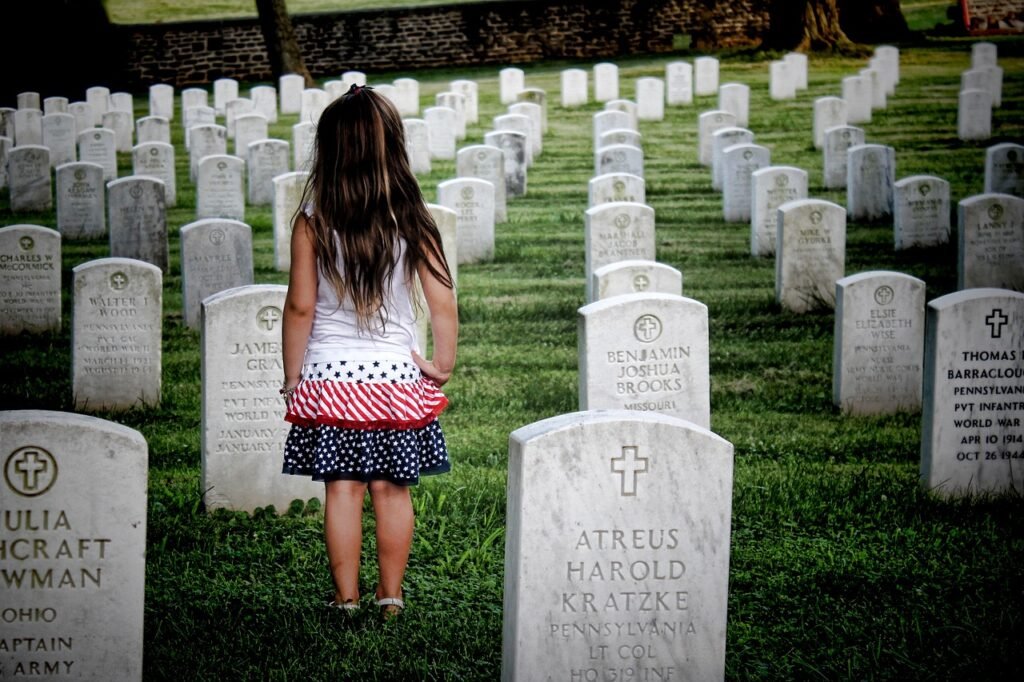
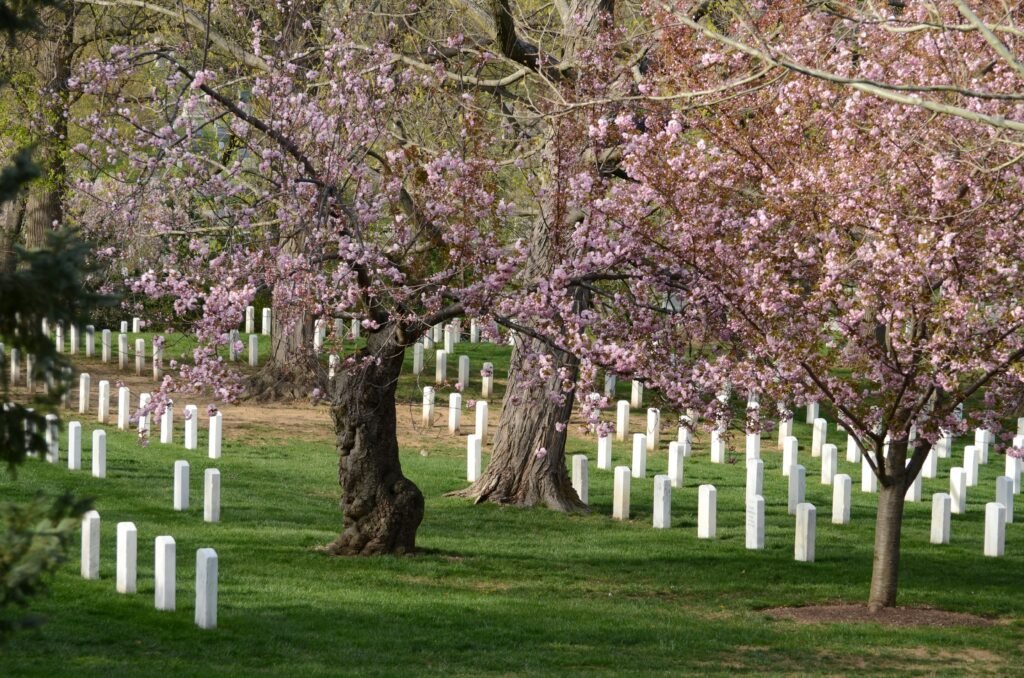
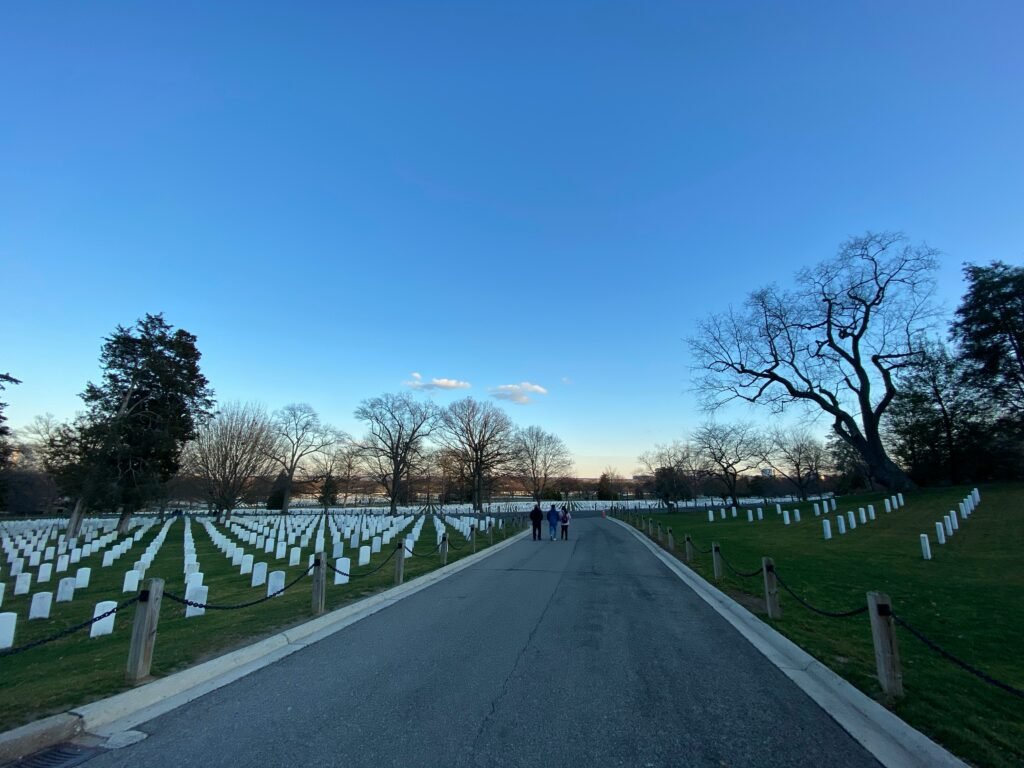



Arlington National Cemetery stands as a solemn tribute to those who served and sacrificed for the United States. Moreover, among its hallowed grounds lie the graves of many notable figures who shaped American history.
For example, one of the most recognized individuals interred at Arlington is John F. Kennedy, the 35th U.S. President. His grave, marked by an eternal flame, symbolizes hope and resilience, drawing visitors from around the globe. Similarly, nearby rests William Howard Taft, the 27th President and former Chief Justice of the United States. Taft’s unique legacy highlights his extraordinary public service in two of the nation’s highest offices.
Even so, these prominent figures represent only a fraction of the military and political leaders buried at Arlington. In fact, each grave serves as a testament to their contributions and sacrifices for the nation.
In addition to individual graves, Arlington is also home to significant memorials honoring lives lost during times of conflict. For instance, the Tomb of the Unknown Soldier, established in 1921, is among the cemetery’s most revered sites. Furthermore, the solemn changing of the guard ceremony at the tomb underscores the nation’s respect for its fallen heroes.
In conclusion, the emotional and symbolic importance of Arlington National Cemetery cannot be overstated. Through its history, each burial and memorial connects visitors to the sacrifices made for freedom and the values defining the United States. Walking through its grounds, one encounters countless stories of bravery, loss, and honor that continue to inspire and unite the nation.
Ceremonies and Traditions
Arlington National Cemetery stands as a sacred space honoring the service and sacrifice of American military personnel. Not only that, it hosts ceremonies and traditions that embody the nation’s gratitude and remembrance.
To begin with, Memorial Day, observed on the last Monday of May, is one of the most significant events at Arlington. On this occasion, visitors place flags on graves, participate in remembrance activities, and reflect on the sacrifices made for freedom. As a result, this day symbolizes national unity and deep gratitude.
In addition, Veterans Day, celebrated on November 11, highlights the contributions of those who served in the armed forces. Arlington provides a dignified setting for tributes, including speeches, traditional music, and wreath-laying ceremonies. Through these events, veterans, families, and the public come together in a collective appreciation of military service.
Performed by the 3rd U.S. Infantry Regiment, known as “The Old Guard,” this ceremony exemplifies precision and respect. Guards vigilantly change shifts every hour, maintaining a solemn watch over the tomb, which honors unidentified soldiers who gave their lives in service. Consequently, the silent, reverent atmosphere underscores the cemetery’s role as a site of tribute and reflection.
In conclusion, these ceremonies and traditions inspire deep respect for the courage and commitment of America’s military personnel. Arlington National Cemetery serves as a powerful reminder of the sacrifices made to defend freedom and uphold the nation’s values.
Visiting Arlington National Cemetery: Tips and Insights
Planning a visit to Arlington National Cemetery offers a meaningful opportunity to honor military sacrifices and explore American history. To start with, choosing the best time to visit enhances the experience. The cemetery is open daily, with spring and summer being peak seasons. However, for a quieter, reflective atmosphere, consider visiting on weekdays during early morning hours.
In terms of accessibility, the cemetery ensures all visitors can navigate the grounds. Arlington National Cemetery features paved pathways and shuttle services, making it accessible for individuals with mobility challenges. Additionally, wheelchair rentals are available at the visitor center, ensuring everyone can visit key sites.
Moreover, several must-see landmarks include the Tomb of the Unknown Soldier, the Arlington House, and memorials dedicated to various military branches. Guided tours enrich the experience with stories and historical context. For instance, knowledgeable guides and volunteers are on hand to answer questions, making these tours highly valuable.
On another note, respectful behavior is essential while touring the cemetery. Maintaining a quiet demeanor honors the memory of those laid to rest. Furthermore, engaging in silent reflection and showing appreciation for the sacred grounds enhances the visit. For more information, additional resources about the cemetery’s heritage are available online and at the visitor center.
In conclusion, visiting Arlington National Cemetery is both an emotional journey and an educational experience. By preparing effectively and approaching the visit with respect, visitors can gain meaningful insights into the sacrifices made by service members throughout history.
